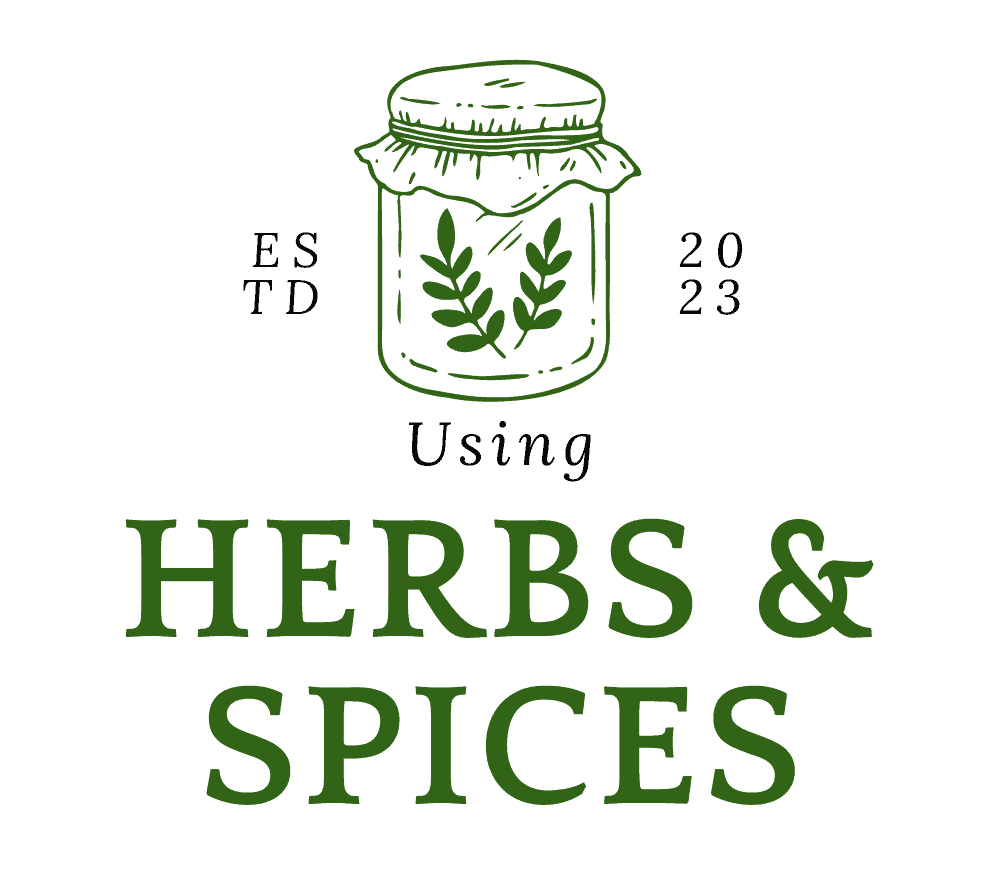SUMMARY: Dried herbs hold onto their vitamins, minerals, and antioxidants, making them nutritionally powerful. They’re a practical choice to boost flavor and health benefits in meals.
Ever wonder why dried herbs are considered a staple in kitchens worldwide?

Understanding their preserved power could revolutionize your culinary practices.
- The process and benefits of drying herbs
- Decoding the nutritional profile of dried versus fresh herbs
- Effective methods to integrate dried herbs into your diet
Continue reading to unveil the enduring goodness of dried herbs and how they can enhance your meals and health.
Understanding Dried Herbs
Drying herbs is a timeless method that extends their shelf life while concentrating their flavors and, most importantly, their nutritional benefits. This process involves dehydrating fresh herbs, removing the water content but retaining the essential oils, vitamins, and antioxidants that contribute to their health benefits. The result is a more potent, versatile, and longer-lasting ingredient.
The key advantage of drying herbs is their enhanced shelf stability. Unlike fresh herbs, which can wilt and lose their nutritional potency within days, dried herbs can maintain their beneficial properties for months or even years if stored properly. This makes dried herbs an invaluable resource for adding depth and nutrition to dishes all year round, regardless of the season.
Another significant aspect is the accessibility dried herbs provide. Regardless of where you live or the time of year, dried herbs can be easily found in stores or can be prepared at home, making it simpler for people to infuse their cooking with a variety of flavors and nutrients not always available through fresh herbs.
Lastly, the process of drying herbs is straightforward and can be done using several methods, including air drying, oven drying, or using a dehydrator, each method providing its own unique benefits and influencing the final product’s quality and intensity.
The Nutritional Value of Dried Herbs
Dried herbs are not just convenient alternatives to their fresh counterparts; they are nutritional powerhouses in their own right. Despite undergoing the drying process, these herbs retain a high concentration of vitamins, minerals, and antioxidants. This preservation of essential nutrients is because drying herbs removes water content, concentrating their flavors as well as their nutrients.
Many dried herbs are rich in vital vitamins such as vitamin A, C, and K, which are important for immune system function, skin health, and blood clotting. Additionally, they provide minerals like calcium and iron, crucial for bone health and oxygen transport in the body, respectively. Antioxidants are another significant component of dried herbs, offering protection against oxidative stress and inflammation. Herbs like dried oregano, thyme, and rosemary are particularly noted for their high antioxidant content.
It’s important to understand that the nutrient density of dried herbs means that even small amounts can contribute to your daily nutritional intake. Incorporating dried herbs into your diet is an effortless way to boost your intake of these essential nutrients, making them more than just a flavor enhancer but a valuable dietary addition.
Comparing Fresh and Dried Herbs
When considering the nutrient content of fresh versus dried herbs, it’s important to understand the impact drying has on these potent plants. Generally, the drying process concentrates the nutrients, meaning dried herbs often contain more vitamins and minerals per gram than their fresh counterparts. However, the drying method plays a crucial role in preserving their goodness. Air drying or freeze-drying preserves more nutrients compared to heating, which can degrade certain vitamins.
It’s also worth considering the flavor and efficacy of herbs in their dried form. Dried herbs tend to have a more potent flavor due to the concentration of essential oils, making them an excellent choice for culinary use where a stronger taste is desired. This concentrated flavor means that you’ll need smaller quantities of dried herbs compared to fresh, a handy tip for both cooking and storing.
However, not all nutrients fare well through the drying process. Some vitamins, like vitamin C, are more volatile and may decrease significantly in dried herbs. Despite this, dried herbs remain an excellent source of minerals, antioxidants, and other vitamins that are retained during drying. For individuals looking to boost their dietary intake of these nutrients, incorporating dried herbs can be an effective strategy.
Understanding these differences is vital for both culinary experts and home cooks alike. It allows for better decision-making when it comes to selecting herbs for their nutritional benefits and flavor profiles, ensuring that every dish is as healthy as it is delicious.
How to Incorporate Dried Herbs into Your Diet
Incorporating dried herbs into your diet is an effortless way to boost both the flavor and nutritional content of your meals. Here are some practical tips for using dried herbs effectively in your everyday cooking:
- Start with moderation: Given their concentrated flavor, it’s advisable to use dried herbs sparingly at first. You can always add more according to taste. A good rule of thumb is to use one-third the amount of dried herbs as you would fresh.
- Rehydrate for more flavor: To get the most flavor out of dried herbs, consider rehydrating them in a little water before adding them to your dishes. This can be particularly effective for soups, stews, and sauces.
- Add at the right time: To maximize their health benefits and flavor, add dried herbs during the cooking process rather than afterwards. This allows their flavors to meld with the other ingredients more effectively. However, if you’re preparing a dish that isn’t cooked, like a salad, you can mix the dried herbs with the dressing ahead of time to soften them.
- Store correctly: To preserve their potency, store dried herbs in a cool, dark place. Make sure the containers are tightly sealed to keep moisture and air out, which can lead to spoilage and loss of flavor.
By making dried herbs a staple in your pantry, you’ll have a convenient and powerful tool at your disposal for enhancing both the taste and nutritional quality of your meals. Remember, diversity in your herb selection not only broadens your culinary palette but also ensures a wider range of nutritional benefits.
Nutritional Powerhouses for Health and Flavor
Through a comprehensive exploration, it’s clear that dried herbs are invaluable assets to our kitchens and health.
- Dried herbs offer an impressive array of vitamins, minerals, and antioxidants, often in more concentrated forms than their fresh counterparts.
- The process of drying herbs locks in their nutritional value, making them a lasting source of goodness.
- With proper storage, dried herbs can retain their nutritional benefits for months, offering a convenient and efficient way to enhance dishes with both flavor and health benefits.
- Incorporating dried herbs into daily meals can significantly contribute to our nutritional intake, showcasing their role beyond mere culinary enhancements.
Dried Herbs Usage & Benefits FAQs
Do dried herbs lose nutrients when stored for long periods?
When stored properly in a cool, dark, and dry place, dried herbs can retain most of their nutrients for up to one to three years, depending on the herb. The nutritional loss over time is minimal, making them a reliable source of vitamins and minerals year-round.
Which dried herbs are most nutritious?
Certain dried herbs are particularly rich in nutrients, including oregano, thyme, sage, and rosemary. These herbs are known for their high concentrations of antioxidants, vitamins, and minerals. Incorporating a variety of dried herbs into your diet can help maximize your intake of these beneficial compounds.
Can you substitute dried herbs for fresh ones in recipes?
Yes, you can substitute dried herbs for fresh ones in most recipes. The general rule of thumb is to use one-third the amount of dried herb as you would fresh because dried herbs have a more concentrated flavor. However, it’s essential to consider the freshness of the dried herbs, as their potency decreases over time.









